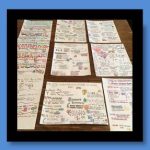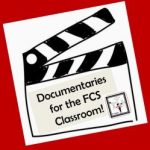
Teaching students about self-esteem is important at any age, but it’s super important to emphasize how critical it is to a child’s development. In this lesson I share some ideas and activities that help students understand what self-esteem is, the difference between positive and negative self-esteem, how it’s developed, why it’s important and who/what helps to influence it. So, read on to learn more about this lesson!










